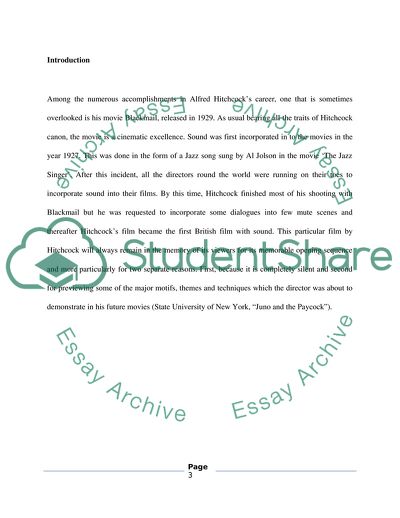Cite this document
(Blackmail by Alfred Hitchcock and Feminist Theory Movie Review Example | Topics and Well Written Essays - 1250 words, n.d.)
Blackmail by Alfred Hitchcock and Feminist Theory Movie Review Example | Topics and Well Written Essays - 1250 words. https://studentshare.org/visual-arts-film-studies/1730992-feminism-and-film
Blackmail by Alfred Hitchcock and Feminist Theory Movie Review Example | Topics and Well Written Essays - 1250 words. https://studentshare.org/visual-arts-film-studies/1730992-feminism-and-film
(Blackmail by Alfred Hitchcock and Feminist Theory Movie Review Example | Topics and Well Written Essays - 1250 Words)
Blackmail by Alfred Hitchcock and Feminist Theory Movie Review Example | Topics and Well Written Essays - 1250 Words. https://studentshare.org/visual-arts-film-studies/1730992-feminism-and-film.
Blackmail by Alfred Hitchcock and Feminist Theory Movie Review Example | Topics and Well Written Essays - 1250 Words. https://studentshare.org/visual-arts-film-studies/1730992-feminism-and-film.
“Blackmail by Alfred Hitchcock and Feminist Theory Movie Review Example | Topics and Well Written Essays - 1250 Words”. https://studentshare.org/visual-arts-film-studies/1730992-feminism-and-film.


